Using Hashtags on Social Media
/What is a Hashtag?
A hashtag is a word or phrase that starts with the symbol # and is often found included in captions on social media posts. Hashtags are mostly used to describe which topic the content relates to. Hashtags will not work if spaces or symbols are in the text.
Why Are Hashtags Important on Social Media?
Hashtags are searchable. They are used to categorise the content. So, if you were looking for marketing tips or marketing content, you could search for #marketing and find it all in one place. You can even follow your hashtags like you can with other people’s accounts. An example of this might be your hometown, so you constantly see local news and updates on your social media newsfeed. Using hashtags effectively can help your social media effort to reach a wider target audience.
How to Use Hashtags?
Hashtags have to be relevant to your content so posting a picture of a cup of coffee and including #tea isn’t going to help! But be creative. For example, if a nappy brand posted an image of a new design, and only used the hashtag #nappy then the post might not be seen by that many people, but including something more emotive and evocative, like #motherandbaby might help content to be seen by lots of new parents who are searching for all sorts of content about parenthood.
Our Top Tips:
Image Relevant - if your post includes an image, use hashtags that describe what is in the picture
Industry Based – Be consistent and include relevant industry hashtags so that anyone looking for a particular service or product will see lots of great content from you and could position you as a thought leader for a particular topic. For example, as Yellow Spider Media is a digital marketing company, we can include hashtags in our posts such as #digitalmarketing and #socialmedia
Create Your Own – You could hashtag the name of your brand, but instead, try to categorise certain content within your own posts. For example, we create content for a pub (Swan Inn) that is particularly famous for its jukebox. If we simply used #SwannInn the content might be lost amount the numerous other Swan Inn pubs around the world using it. Instead, all the music videos and content relating to the #SwanJukeBox includes that hashtag. It’s unique so clearly differentiates that content.
Be Specific – If your content is on quite a niche subject, make sure that you clearly define it using a number of relevant hashtags. Using Yellow Spider Media as an example again, we offer a wide range of digital marketing services so we may want to focus on a specific topic, like #blogging or #videoproduction.
Location – Not to be used with geotagging (where you say where you are on post). Adding a location hashtag can let people know where you are based or where the image was captured and is particularly useful if you want a population of a specific location to see your content. For example, #warringtonbusinesses
As with a lot of things to do with social media, hashtags can be difficult to understand or get right. Most simply don’t use them because they think just posting regularly is enough. There so many small tweaks we can make to our social media content to improve its efficacy. If you are finding it difficult to manage, we are here to help get in touch for a free consultation.

